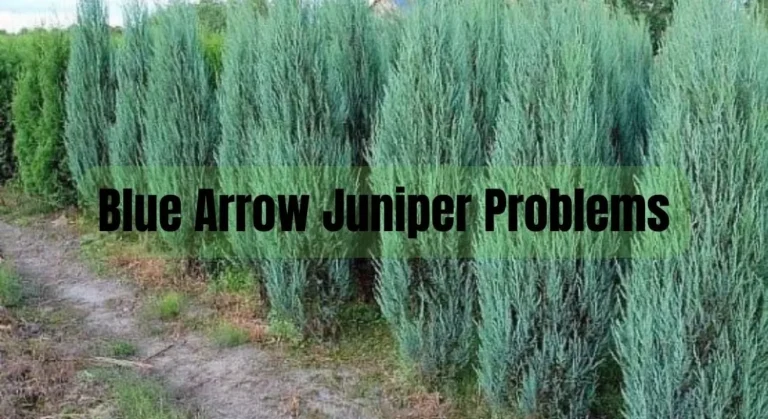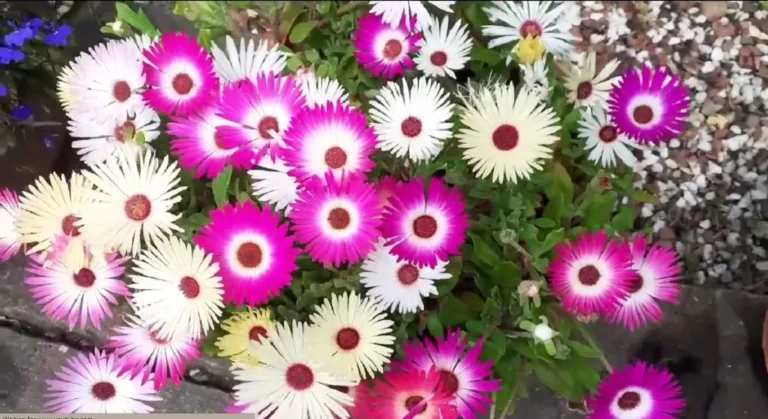Solanum Crispum Problems: Identifying and Managing Issues with Your Plant
Hey there, plant enthusiasts! Are you ready to dive into the world of Solanum crispum? This lovely climbing plant, with its deep purple flowers and dense foliage, can be a great addition to your garden.
But, like any plant, it comes with its challenges. That’s why it’s essential to understand potential problems and how to manage them. So, let’s get started!
Solanum Crispum Problems
1. Aphids
Aphids can be a real pain in the garden, and these tiny critters are no strangers to Solanum crispum. Here’s how to identify and tackle them:
- Identifying aphid infestation: Aphids are tiny insects that can vary in color from green to black. You’ll usually find them on the underside of leaves or near the tips of new growth. They suck the sap out of your plant, causing leaves to become yellow, curl, or wilt.
- Natural solutions for aphid control: I’m all about the natural approach when possible, so let’s talk about some eco-friendly ways to combat aphids:
- Introduce beneficial insects, like ladybugs and lacewings, which love to snack on aphids.
- Spray your plant with a mixture of water and mild dish soap to dislodge and kill aphids.
- Plant garlic, chives, or marigolds around your Solanum crispum. These plants emit strong scents that repel aphids.
- Chemical treatment options: If you’re dealing with a severe infestation, you may need to use chemical treatments. Be sure to use these cautiously and follow the instructions on the label.
2. Poisonous Nature
All parts of Solanum crispum are poisonous, which means you need to take some precautions when dealing with this plant:
- Potential risks associated with Solanum crispum: The toxins in Solanum crispum can cause discomfort if ingested, so keep it away from children and pets. Moreover, handling the plant can cause skin irritation in some people.
- Tips for safely handling and growing the plant:
- Wear gloves when handling Solanum crispum to protect your skin.
- Plant it in a secluded area or a raised bed to keep it out of reach of curious pets and children.
- What to do in case of ingestion: If someone accidentally ingests Solanum crispum, contact your local poison control center or seek medical help immediately.
Additional Issues to Watch For
1. Diseases
- Common diseases affecting Solanum crispum: Solanum crispum is relatively resistant to diseases, but it’s still important to keep an eye out for potential issues like fungal infections and blight.
- Prevention and treatment methods:
- Ensure your plant has proper air circulation and drainage to prevent fungal growth.
- Remove and dispose of infected leaves or branches to prevent the spread of diseases.
- Use fungicides, if necessary, following the label instructions.
2. Pests
- Other pests affecting Solanum crispum: Apart from aphids, you may also encounter pests like slugs, snails, or whiteflies. Keep an eye out for these critters and take action when needed.
- Integrated pest management strategies:
- Remove pests manually when you spot them.
- Set up slug traps using beer or grapefruit halves.
- Use insecticidal soap or horticultural oil to control whiteflies.
Proper Care to Avoid Problems
Planting and Soil Requirements
- Ideal conditions for Solanum crispum growth: Solanum crispum thrives in full sun to partial shade. It prefers well-draining soil and can tolerate a range of pH levels, from slightly acidic to alkaline.
- How to choose the right soil type: When planting Solanum crispum, opt for a rich, loamy soil that retains moisture but drains well. If your soil is heavy clay or too sandy, amend it with compost or organic matter to improve its structure and fertility.
Pruning and Maintenance
- When and how to prune Solanum crispum: Pruning helps maintain the plant’s shape and encourages healthy growth. Prune Solanum crispum in late winter or early spring, before new growth begins. Remove dead, damaged, or overcrowded branches to promote better air circulation.
- Regular maintenance for a healthy plant: Inspect your Solanum crispum regularly for signs of pests or diseases. Keep the area around the plant clear of debris to discourage pests and minimize the risk of diseases.
Watering and Fertilizing
- Appropriate watering techniques: Solanum crispum enjoys consistent moisture, so water regularly to maintain even soil moisture. Be careful not to overwater, as this can lead to root rot. Adjust your watering schedule based on the season and weather conditions.
- Choosing the right fertilizer for Solanum crispum: Feed your Solanum crispum with a balanced, slow-release fertilizer in early spring and again in mid-summer. This will provide the necessary nutrients for healthy growth and vibrant blooms.
Frequently Asked Questions (FAQs)
Is Solanum crispum suitable for all garden types?
Solanum crispum is versatile and can be grown in various garden types, from cottage gardens to urban spaces, as long as it has proper support for its climbing habit.
Can Solanum crispum be grown indoors?
While it’s primarily an outdoor plant, you can grow Solanum crispum indoors in a large container with adequate support and sufficient light.
What are the best companion plants for Solanum crispum?
Solanum crispum pairs well with other climbing plants like clematis, jasmine, or climbing roses. You can also plant it alongside perennials like echinacea, salvia, or lavender for a stunning display.
How long does it take for Solanum crispum to reach maturity?
Solanum crispum typically takes 2-3 years to reach its full size and produce an abundance of blooms.
Are there any non-toxic alternatives to Solanum crispum?
If you’re looking for a non-toxic alternative, consider plants like sweet pea (Lathyrus odoratus) or passionflower (Passiflora spp.), which also have beautiful flowers and climbing habits.
Conclusion
Solanum crispum is a beautiful addition to any garden, but it’s essential to be aware of its potential problems. By understanding how to identify and manage aphids, properly handling the plant, and providing the right care, you can enjoy a thriving Solanum crispum for years to come.
So, go on, give this gorgeous climber a chance and watch your garden transform into a stunning floral display!
Related Posts:
- Effective Solutions to Common Problems With Your Prunus Incisa Kojo-no-Mai
- Troubleshooting Cytisus Battandieri: Preventing Common Issues
- Maintaining Your Senecio Angel Wings Plant: Identify and Solve Common Problems
- Ensuring Healthy Geum: Prevention and Solutions for Common Problems
- Keep Your Livingstone Daisies Vibrant: Tips and Solutions for Common Problems





